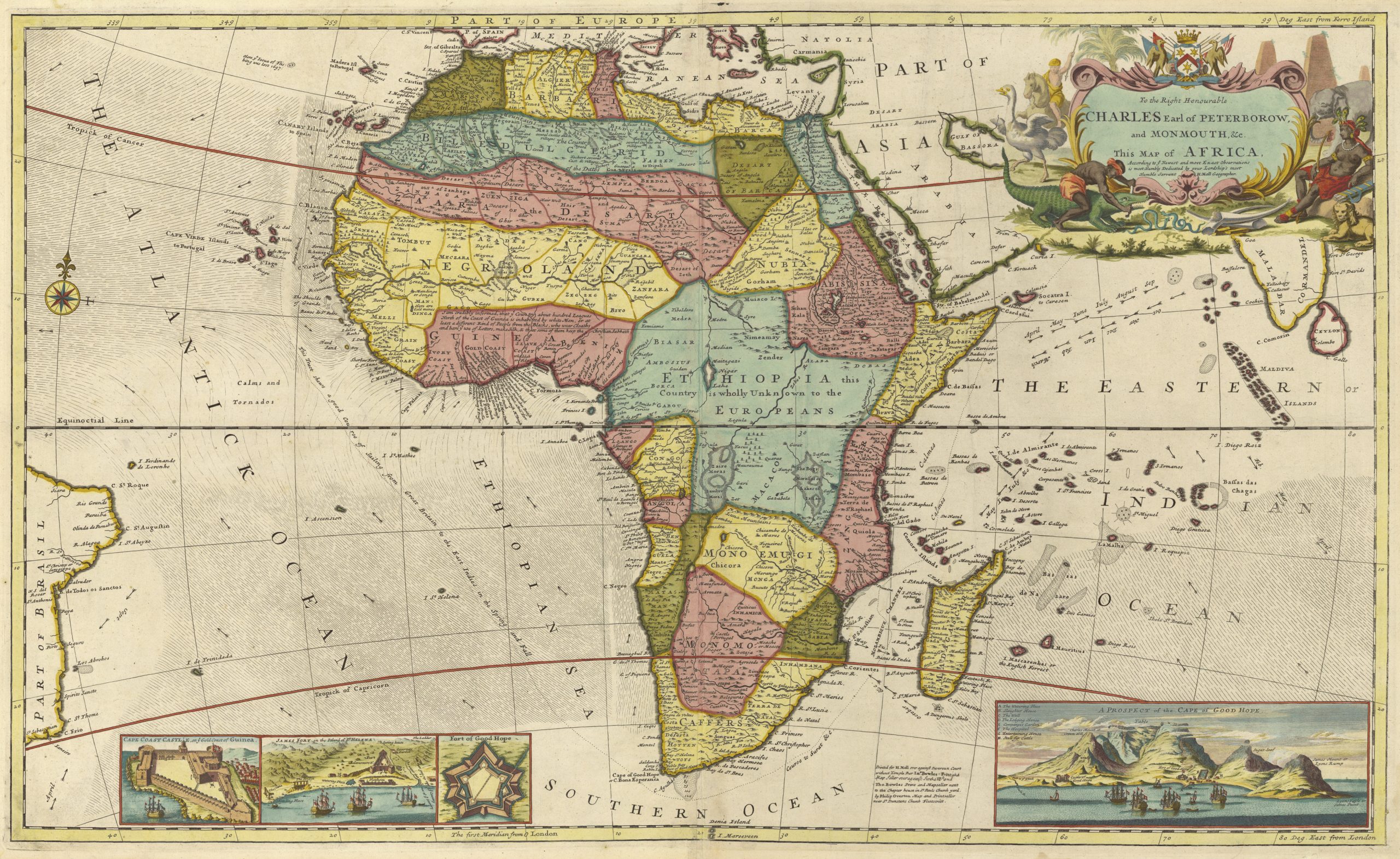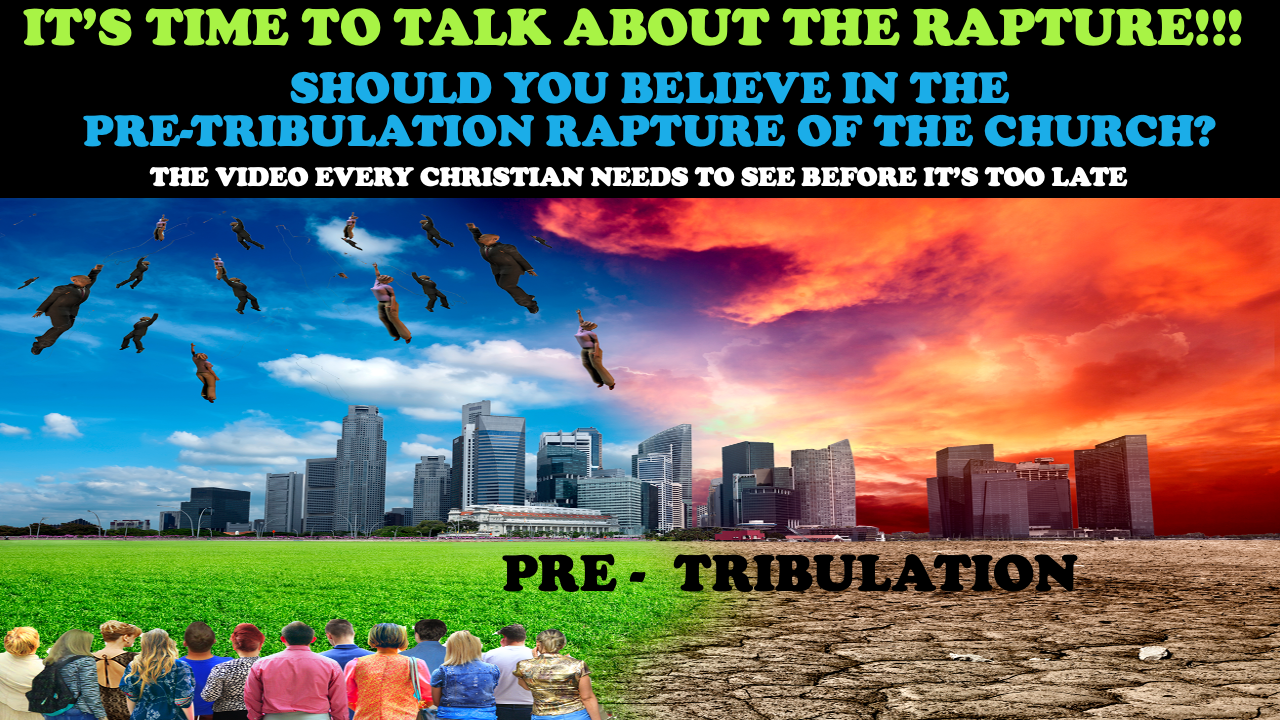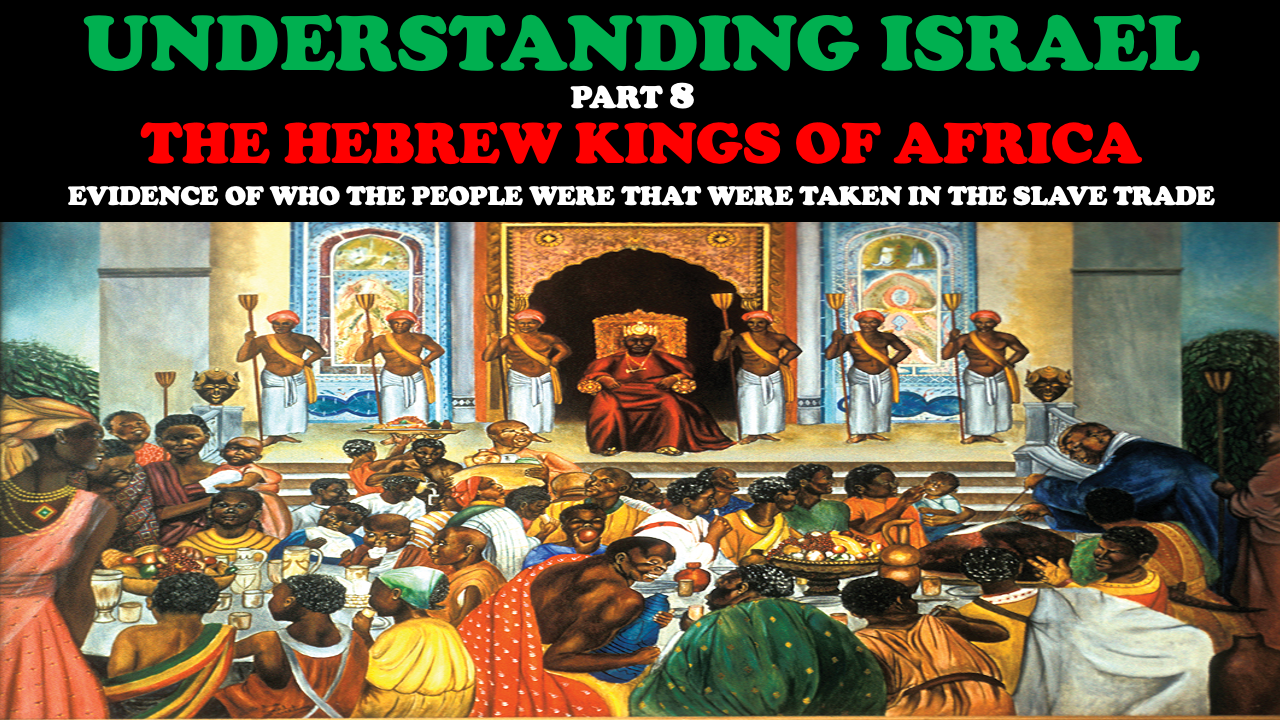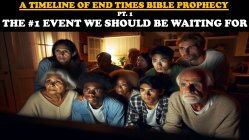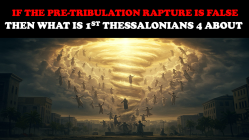The Council of Nicaea is blamed for so many things, some true and some not true. Part 61 of my History of Religion series goes more in depth on what actually happened according to the witnesses that were there and historians of that time. Now as you talk to people today, there are many different thoughts and opinions about what the Council of Nicaea was and the majority that gives you these thoughts have never actually researched the topic in depth on their own and are just regurgitating information they’ve been told or seen on line, so to help combat the lies and false truths, here is some information you can use to against it.
The first thing you can use is ask where the person got their information. What eyewitness or historian during those times wrote what they are saying? The historians where we get a majority of this history from are:
- Eusebius of Caesarea (eyewitness)
- Athanasius (eyewitness)
- Theoderet (Historian that lived during that time period)
- Socrates Scholasticus (Historian that lived during that time period)
- Sozomen (Historian that lived during that time period)
They have different volumes of Ecclesiastical Church History that you can get your understanding from. This is where anyone’s facts should come from because if it’s not then they are going off of someone else’s made up opinions
At the Council of Nicaea, they made the Nicene Creed. This is what it says:
We believe in one God the Father Almighty, Maker of all things visible and invisible; and in one Lord Jesus Christ, the Son of God, begotten of the Father, only-begotten, that is, from the substance of the Father, God from God, Light from Light, True God from True God, Begotten, not made, of one substance with the Father, through Whom all things were made.
Who for us men and our salvation came down and became incarnate, and was made man, suffered and rose on the third day, and ascended into heaven, and is coming with glory to judge the living and dead, and in the Holy Spirit.
But those who say, There was when the Son of God was not, and before he was begotten he was not, or that He came into being from things that are not, or that he is of a different hypostasis or substance, or that he is mutable or alterable
-the Catholic and Apostolic Church anathematizes.
The main problems of the council are what they did after this Creed. They established the celebration of Easter and how the date is calculated. They also made 20 Canons which is Church Law. Very much like a man-made Torah. The Canons were rules that included the proper method of consecrating bishops, a condemnation of lending money at interest by clerics, and a refusal to allow bishops, priests, and deacons to move from one church to another and many more. These are the Canons
- Canon 1: On the admission, or support, or expulsion of clerics mutilated by choice or by violence.
- Canon 2: Rules to be observed for ordination, the avoidance of undue haste, the deposition of those guilty of a grave fault.
- Canon 3: All members of the clergy are forbidden to dwell with any woman, except a mother, sister, or aunt.
- Canon 4: Concerning episcopal elections.
- Canon 5: Concerning the excommunicate.
- Canon 6: Concerning patriarchs and their jurisdiction.
- Canon 7: confirms the right of the bishops of Jerusalem to enjoy certain honours.
- Canon 8: concerns the Novatians.
- Canon 9: Certain sins known after ordination involve invalidation.
- Canon 10: Lapsi who have been ordained knowingly or surreptitiously must be excluded as soon as their irregularity is known.
- Canon 11: Penance to be imposed on apostates of the persecution of Licinius.
- Canon 12: Penance to be imposed on those who upheld Licinius in his war on the Christians.
- Canon 13: Indulgence to be granted to excommunicated persons in danger of death.
- Canon 14: Penance to be imposed on catechumens who had weakened under persecution.
- Canon 15: Bishops, priests, and deacons are not to pass from one church to another.
- Canon 16: All clerics are forbidden to leave their church. Formal prohibition for bishops to ordain for their diocese a cleric belonging to another diocese.
- Canon 17: Clerics are forbidden to lend at interest.
- Canon 18: recalls to deacons their subordinate position with regard to priests.
- Canon 19: Rules to be observed with regard to adherents of Paul of Samosata who wished to return to the Church.
- Canon 20: On Sundays and during the Paschal season prayers should be said standing.
This created the beginning of the power doctrine of the Roman Catholic Church. This was the main issues that occurred at the Council of Nicaea. The law of the Catholic Church.
This information will give you decisively more information than most of the naysayers that use the Council of Nicaea to speak against Yahshua and our faith. Use this to bring down their lies and reintroduce them to the Gospel. Be blessed!



